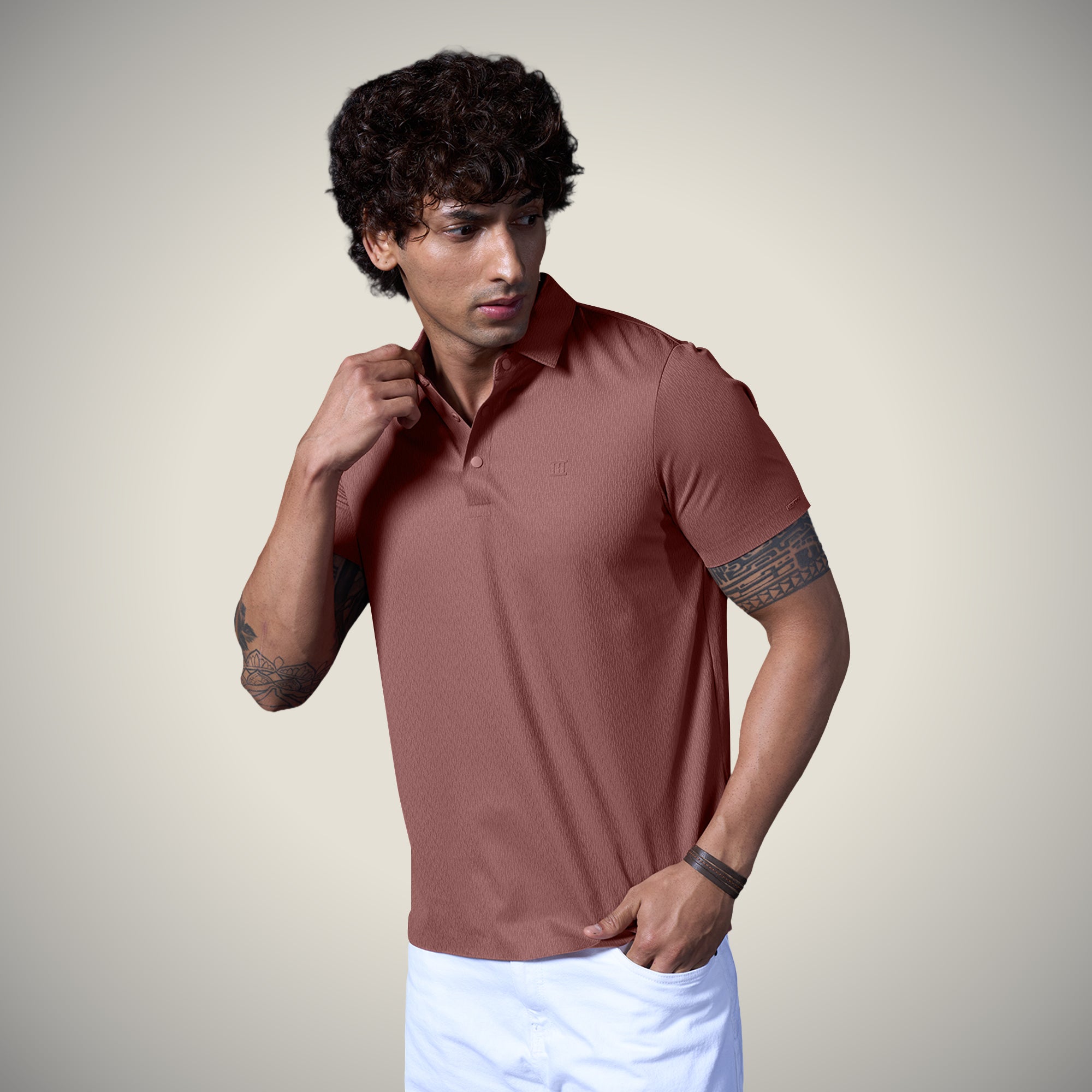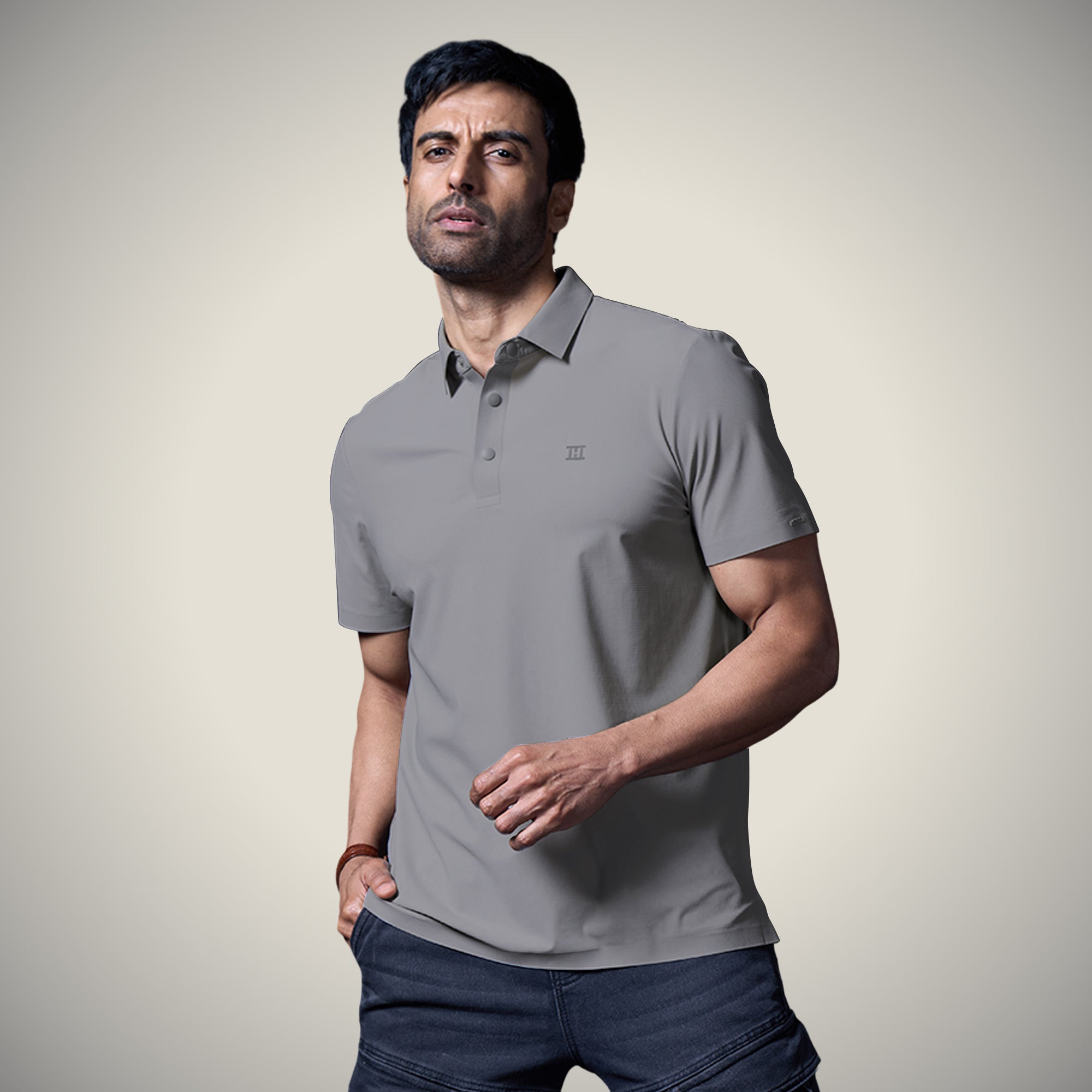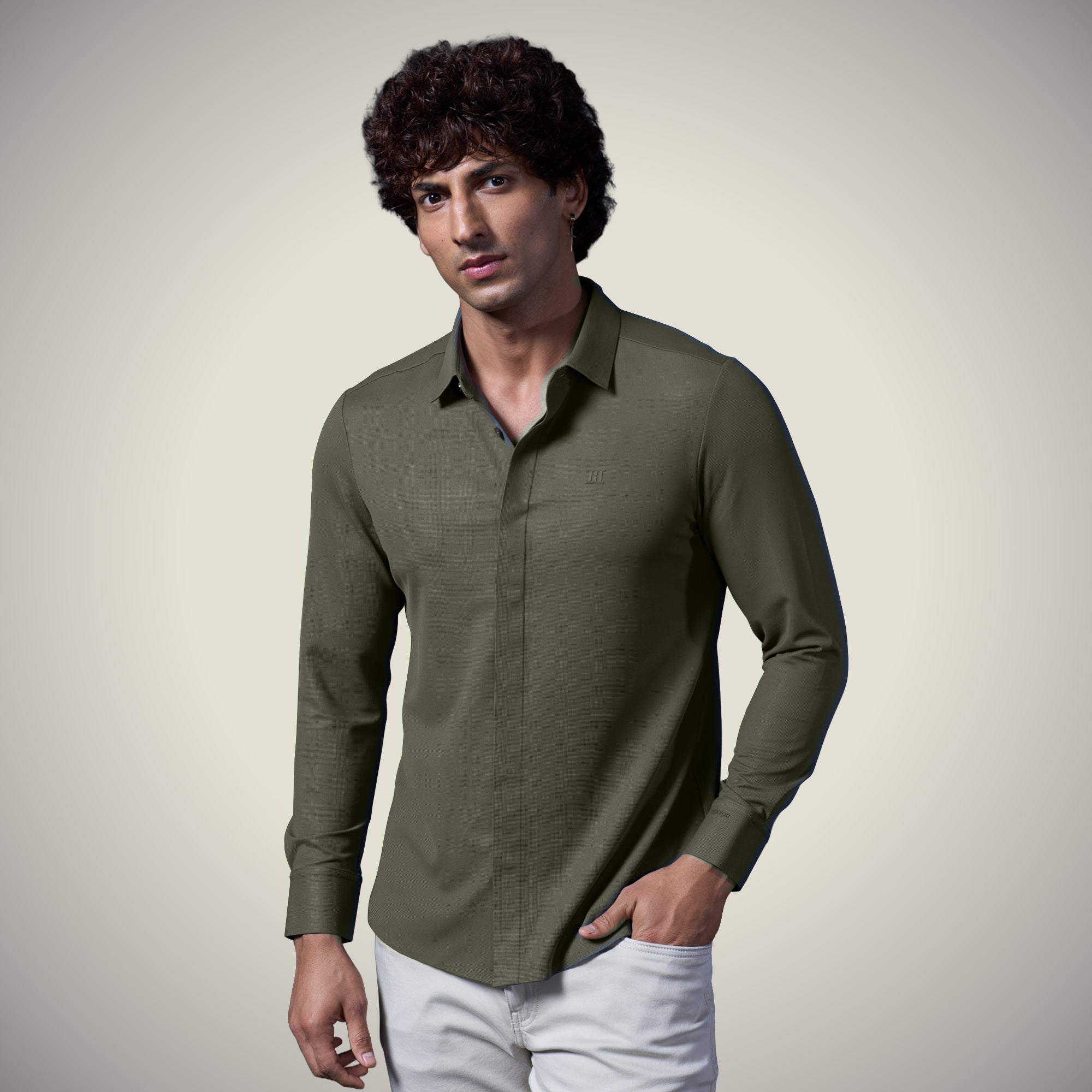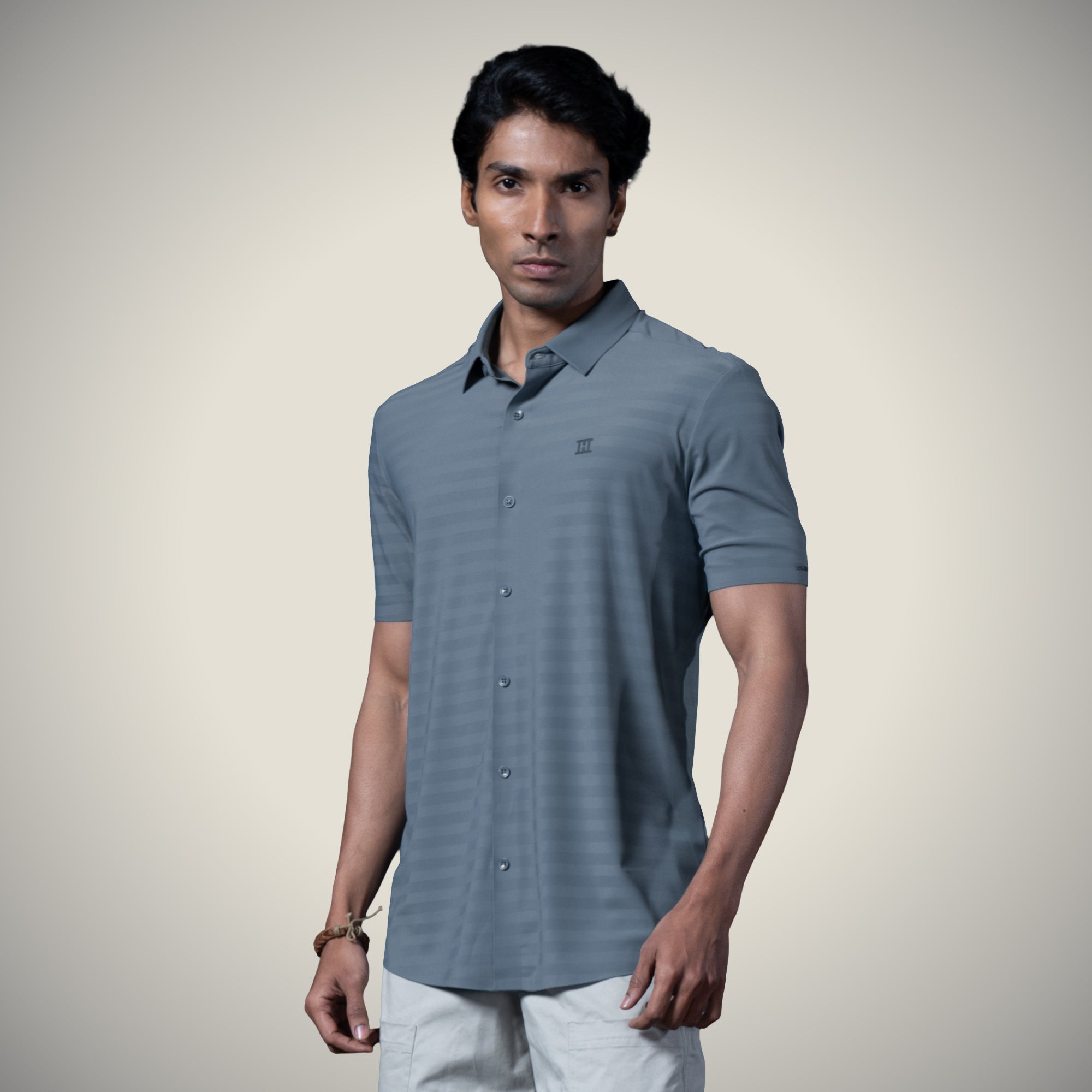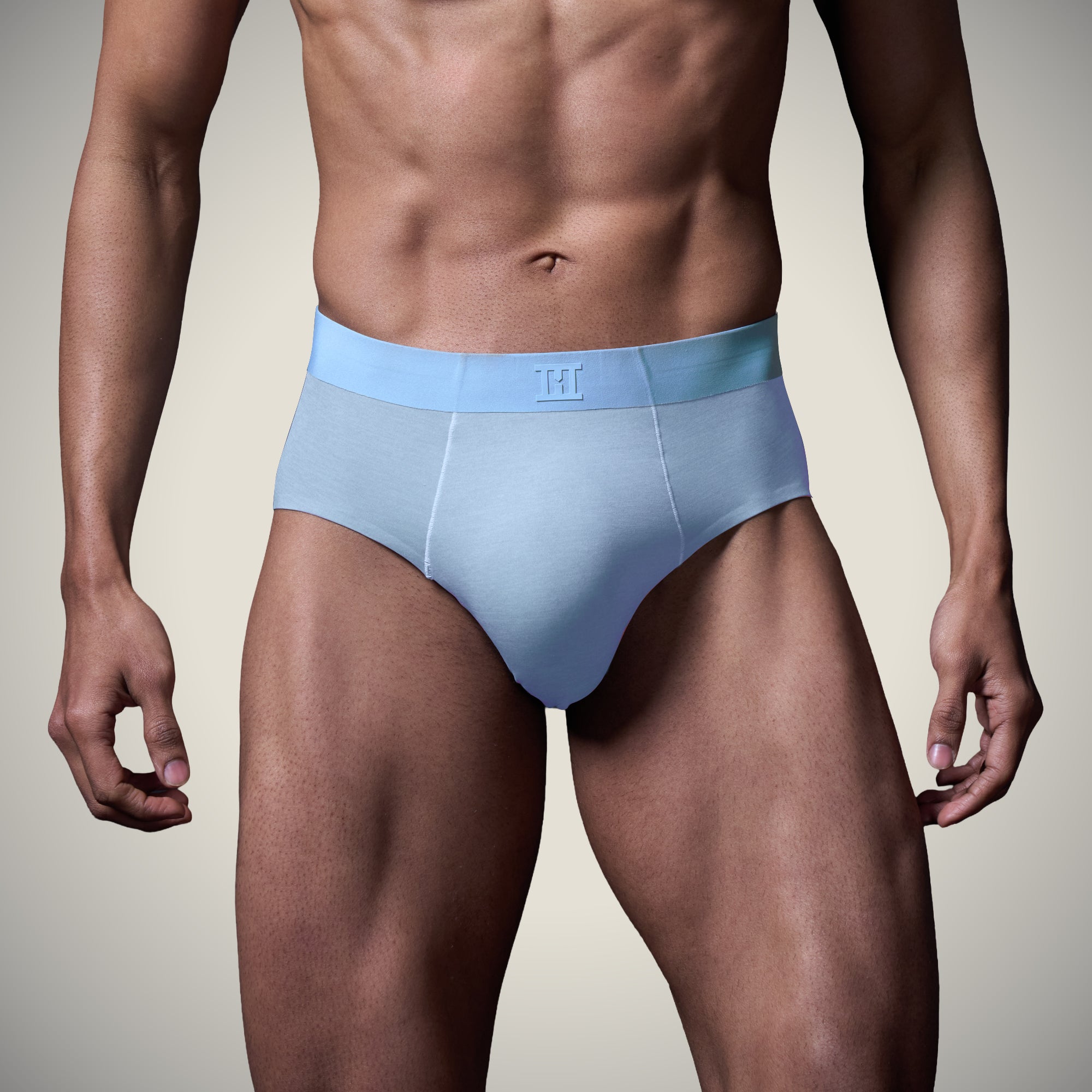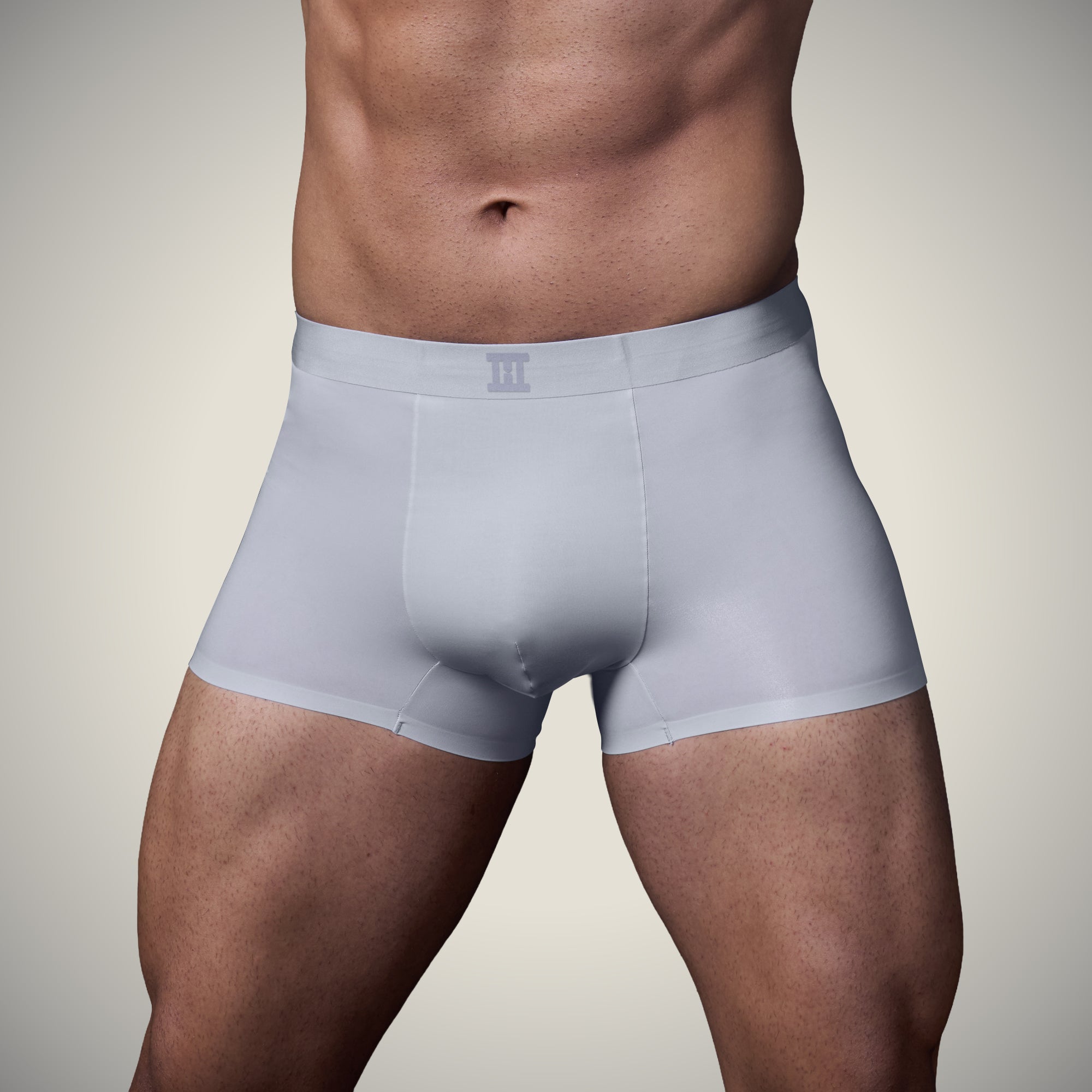The subtle, persistent scratch of a seam against your shoulder. The stiff, bulky collar traps heat on a sweltering day. The damp discomfort that clings to your back in humid weather. These are not mere quirks of your clothing; they are direct consequences of its construction.
This raises a fundamental question: What if the flaw lies not in the fabric, but in the very stitches that hold it together?
At Hektor, we see apparel as armor for modern life's challenges. Inspired by the resilience of the legendary Trojan warrior, our mission is to create clothing that empowers, not hinders. We asked that question and answered it by engineering a new standard: bonded clothing. This isn’t an incremental tweak; it is a fundamental shift in apparel engineering.
Let’s break down the science behind bonded fabric technology and why it represents the future of high-performance menswear.
The Hidden Flaws of Needle and Thread
While seemingly innocuous, traditional stitching is fundamentally flawed when viewed through the lens of performance and comfort.
First, consider the perforations. Every stitched seam is a line of tiny holes punched directly into the fabric. These punctures compromise the material's structural integrity, creating thousands of micro-failure points prone to stretching, fraying, and tearing, especially under the stress of repeated washing and heavy use.
Second, this layering creates bulk. Traditional seams stack fabric upon fabric, bound by thread. The result is a rigid, abrasive ridge that presses against the skin. During movement, this ridge creates friction. In the heat, it traps warmth and moisture. Over time, it becomes a hotspot for irritation.
Moreover, the thread itself is a performance liability. Acting like a miniature sponge, most threads absorb sweat, retain moisture, and become a breeding ground for odor-causing bacteria. Instead of facilitating cooling and drying, stitched seams become zones of persistent discomfort—a critical failure in India’s demanding climate.
In short, stitching was an invention for convenience, not a solution for performance. For the man who moves fast and expects his gear to keep pace, it is time to evolve.
The Engineering of a Seamless Garment
So, what is bonded fabric? In essence, it is a modern textile solution that eliminates the need for stitching entirely. Instead of perforating fabric with a needle, bonding technology fuses two pieces into a single, unified surface. No gaps. No ridges. No threads.
At Hektor, our engineers deploy sophisticated bonding technology.
Thermo-Adhesive Bonding
This method utilizes an ultra-thin, thermoplastic polymer film placed between two fabric layers. When precise heat and pressure are applied, the film melts and flows, penetrating the micro-structure of both fabrics. As it cools, it creates a molecular bond, fusing the layers. The seam ceases to be a separate component and becomes an integral part of the fabric itself.
This is the foundation of modern bonded fabric products—zero bulk, zero chafe, and a smooth, continuous surface.
This same technology is trusted in mission-critical industries, from aerospace engineering to elite performance sportswear. By bringing it to everyday menswear, Hektor delivers a professional-grade experience without sacrificing an ounce of comfort or style.
The Real-World Upgrade: Bonded vs. Stitched
The result of this advanced engineering is a tangible upgrade in four key areas:
1. Superior Comfort
Bonded fabric advantages start with comfort. Bonded seams are perfectly flat and smooth, creating a true second-skin interface that eliminates friction and irritation. For men on the move, the difference is immediate and undeniable.
2. Enhanced Durability
A stitched seam concentrates stress along a single line of thread—a built-in point of failure. A bonded fabric construction distributes force across a continuous surface, creating a stronger, more resilient structure with no weak points.
3. Uncompromised Breathability
In India’s demanding climate—and for the active man—ventilation is non-negotiable. Traditional seams act as barriers, trapping sweat where fabric layers overlap. Bonded fabric uses include maximizing airflow and moisture wicking. Bonded seams remove this barrier entirely, allowing heat and moisture to dissipate freely, keeping you cooler and drier for longer.
4. Minimalist Aesthetic
Beyond pure performance, bonding delivers a clean, minimalist aesthetic. Without bulky stitch lines or puckering, the garment’s silhouette remains sharp and modern. The surface lies flat, creating an appearance that is clearly engineered, not just assembled.
Simply put, bonded fabric is not an aesthetic flourish; it is a structural upgrade. Once you experience it, the limitations of stitched garments become impossible to ignore.
The Hektor Standard
At Hektor, bonded fabric construction is not a feature; it is our foundational standard. It is the physical expression of our core philosophy: Engineered for Comfort, Designed for Style. We are not in the business of compromise. Our apparel must move with you, breathe with you, and rise to the challenge of modern life in India.
With Hektor, bonded is not just better. It is the future, realized today.
Bonded Fabric: Definition and Examples
So, for those wondering, the bonded fabric definition is simple: a textile made by fusing two layers together, usually through heat, adhesive, or pressure, to form a single material without sewing. It creates garments that are stronger, lighter, and smoother than traditional stitched clothing.
Some bonded fabric examples include:
- Performance athletic wear
- Technical outerwear
- Waterproof jackets
- Military-grade gear
- And now, Hektor’s premium menswear
Each of these bonded fabrics products shares one thing in common: a commitment to better performance through smarter construction.
Conclusion
In a world where details define performance, the stitched seam is an artifact of a bygone era. It chafes, it weakens, and it fails when it matters most.
Bonded fabric construction is not an innovation; it is a reinvention of how apparel is engineered for the demands of modern life. It delivers superior comfort, strength, and a cleaner aesthetic. At Hektor, we do not simply make clothes. We engineer apparel to power your every move.
The era of compromise is over. Experience the upgrade.
Step into the future of menswear—apparel that is engineered, not just sewn.
FAQ
What is bonded fabric in clothing?
Bonded fabric is made by joining layers of fabric using heat and adhesive, instead of stitching. It creates a smooth, durable surface.
Is bonded fabric better than stitched fabric?
Yes. Bonded fabric offers better comfort, longer life, improved breathability, and a cleaner look.
What are the uses of bonded fabric?
Bonded fabric is used in shirts, jackets, sportswear, and any clothing where comfort and performance are key.
Can bonded fabric withstand Indian weather?
Absolutely. Hektor designs bonded clothing specifically for Indian climates — it stays breathable, cool, and comfortable even in heat and humidity.

